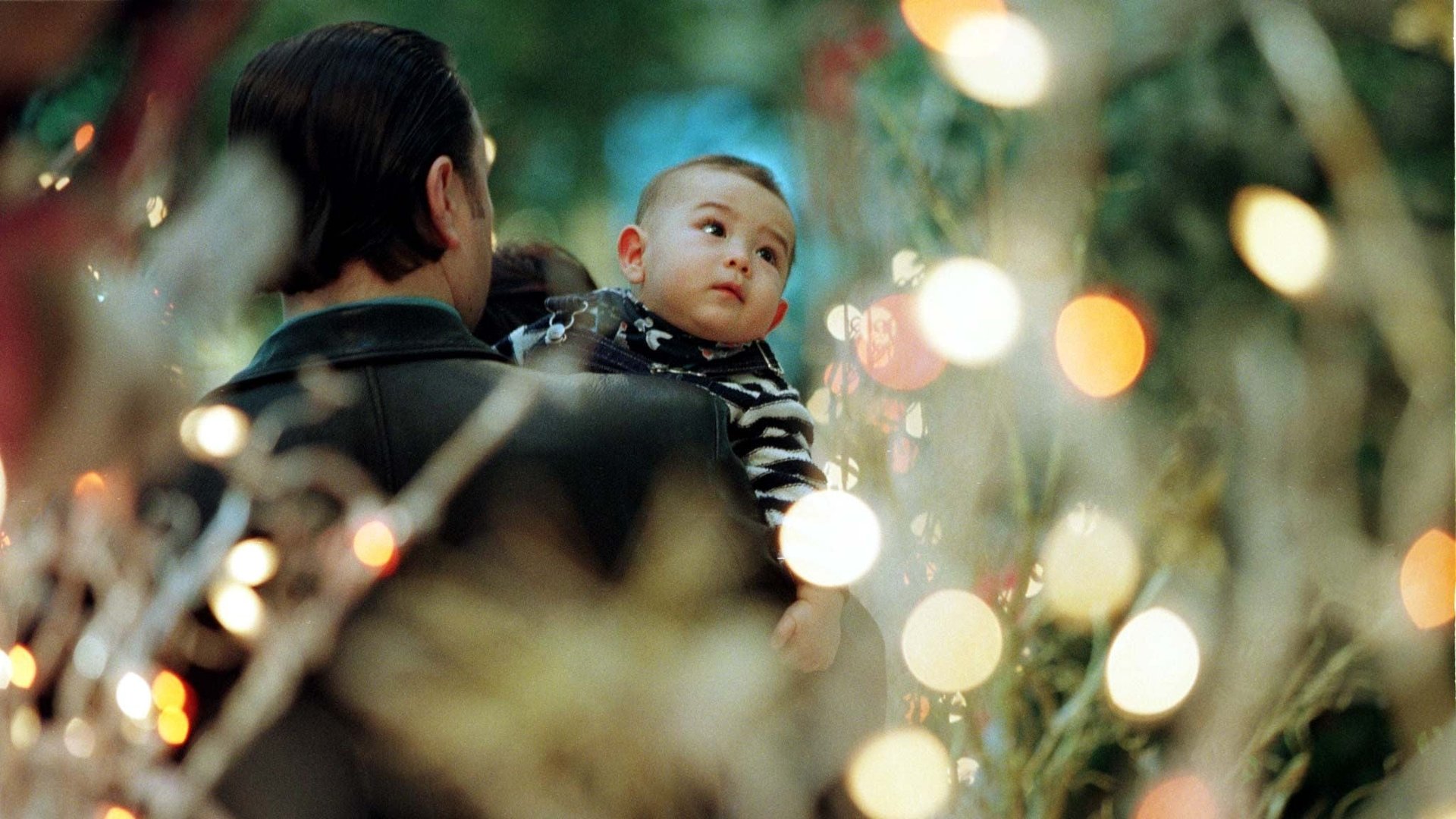Amazon’s latest innovation will deny children the magic of Christmas tree shopping
Perhaps you remember the smell of bruised fir needles underfoot, or the feeling of a fluffy snowflake on your cheeks. You might recall the excitement of flitting between great rows of silent giants—too big, too small, too spindly, too stout—looking for the perfect tree, with the perfect, star-worthy crown. Maybe you remember how, eventually, you saw the right one peeking out from among its brothers and sisters, pointed a mittened hand at it, bundled it into the trunk, and hauled it home.


Perhaps you remember the smell of bruised fir needles underfoot, or the feeling of a fluffy snowflake on your cheeks. You might recall the excitement of flitting between great rows of silent giants—too big, too small, too spindly, too stout—looking for the perfect tree, with the perfect, star-worthy crown. Maybe you remember how, eventually, you saw the right one peeking out from among its brothers and sisters, pointed a mittened hand at it, bundled it into the trunk, and hauled it home.
But this year, thousands of children will be robbed of these memories. And it’s all Jeff Bezos’ fault.
Well, sort of. From November, Amazon customers will be able to buy full-sized Christmas trees online, including Douglas firs and Norfolk Island pines, for around $115 apiece. Last year, the online retailer sold mini-trees shorter than three feet, and allowed other merchants to sell bigger trees using its platform as a marketplace. But this is the first year that the company will be selling fresh, full-sized Amazon-branded Christmas trees, straight to consumers.
At the moment, only 1% to 2% of consumers buy their trees online. Most go the traditional route, picking them up from vendors located on parking lots, sidewalks, or U-Cut farms. But Amazon has quickly gained marketshare in everything from video streaming to Thanksgiving turkeys, and there’s no saying that Christmas trees won’t be next.
In the long run, Amazon’s Christmas tree success may depend on whether consumers trust the company enough to buy their Christmas cargo sight unseen. “For most people, the biggest considerations for a tree are height and species,” said Kelsey Kennedy, a former Quartz reporter who grew up on a Christmas tree farm in Oregon. “If Amazon can deliver decent looking trees (e.g. symmetrical, not too sparse) while meeting those two requirements for consumers, they might do pretty well.”
The people most likely to be uprooted by Amazon’s plans for Christmas aren’t farmers, she says, but the vendors who bring the trees where they’re needed.
In New York, one of these vendors hires farmers from out-of-state, who want to bring home a little extra cash for the holidays. Unlike Amazon’s model, its prices are decided according to the neighborhood, vendor George Nash told the New York Times, so that everyone who needs a tree can get one. “Our high-end locations are subsidizing all our cheaper locations in the barrio, where we need to sell our trees for $35 to people who really don’t have much more than that.”
Even without Amazon, Christmas tree vendors are under threat from big box stores and the supermarkets that are able to buy in bulk and slash their margins. Higher rents for sidewalk space have also squeezed some vendors out.
Amazon may be muscling in, but the real disruption has already happened—and it’s not just children’s memories that are the casualty.